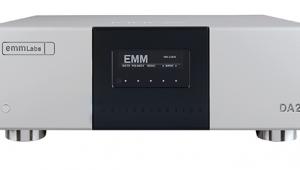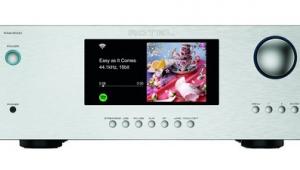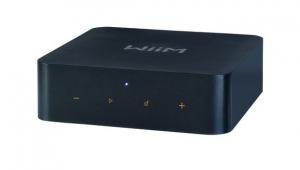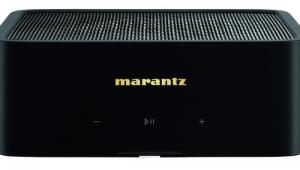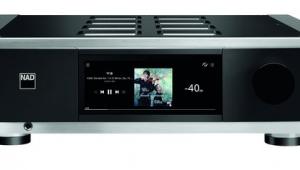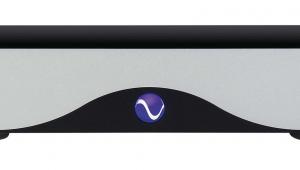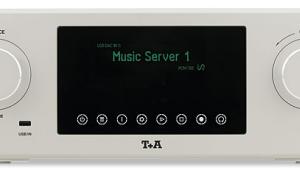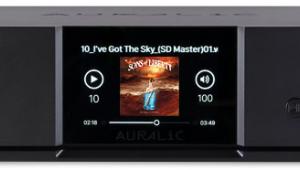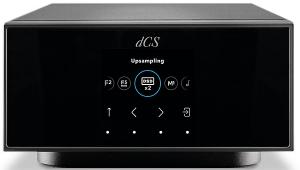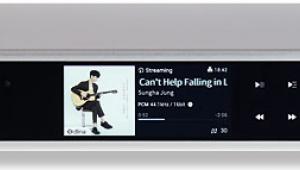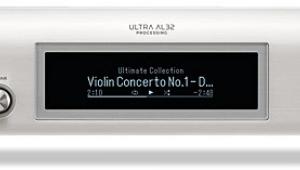Lumin T3 Music Server/DAC

 Arguably the 'sweet spot' in Lumin's range of network-attached players, the new T3 retains the core features of its costlier models, including full use of the super-slick app
Arguably the 'sweet spot' in Lumin's range of network-attached players, the new T3 retains the core features of its costlier models, including full use of the super-slick app
The product catalogue of Hong Kong's Lumin, neatly divided between four network players, three network transports, and one-off power amp and streaming amp options, deserves the description 'small but perfectly formed'. That would also be an apt way of looking at its T3, a network player/DAC possessing a neat, easy-to-accommodate design and a feature roster designed to satisfy the needs of the performance-hungry streaming audio enthusiast. In essence, it takes much of what's offered by Lumin's flagship one-box P1 [HFN Jul '22], but trims the spec. (and size) down to a price point of £4195, almost half that of its bigger brother.
For example, where the £8495 P1 offers a variety of legacy inputs, the T3 – like the earlier T2 model that it replaces – is (nearly) streaming audio all the way. Absent are the coaxial/optical, HDMI, AES/EBU and USB-B inputs of the P1, leaving this player's dual mono ES9028PRO DACs to handle digital files shunted to it via UPnP or streaming services, and from USB storage. Also missing are the P1's electrically isolated fibre network connection in addition to the standard RJ45 Ethernet, FPGA-based 'Femto' clocking system, and twin toroidal power supplies. But enough of what the T3 doesn't have…
Small Wonder
Offered in black or silver/natural finishes, Lumin's DAC/streamer combines its network audio and DAC stages with a 'precision' analogue output, LeedH digital processing volume control, a proprietary app-based control platform, and the company's latest processing engine, which increases both number-crunching power and storage in order to enable 'greater resampling flexibility and futureproofing'.
Lumin's app (for iOS, Android and MacOS) is essential for operation, providing control over a vast range of processing and playback options. These include renaming the player; managing playlist curation; adjusting the search mode from 'filter' to 'find'; tweaking album artwork presentation; selecting between Full Decode, Core Decode and Passthrough of MQA files; and much more.
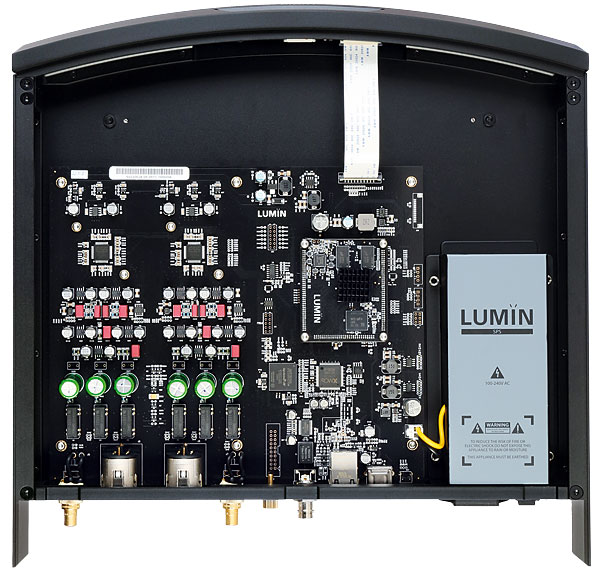
The interface is slightly Lilliputian on even a large smartphone display, by virtue of its comprehensive nature, but for the most part it's straightforward to use, and Lumin provides a detailed online manual that explains all its functions. In addition to UPnP playback from network shares, it integrates the Tidal, Qobuz and Spotify streaming services, alongside TuneIn Internet radio, while Tidal Connect, Spotify Connect, Apple AirPlay and Roon Ready status enable use with other interfaces.
Rock Solid
The T3's 350x60x350mm (whd) CNC'd alloy casework will be familiar to owners of the T2, although there's been an upgrade here too, as Lumin says it has adopted the 'silky surfacing process' of the P1, making this slender player less of a finger-print magnet. The design catches the eye with a curved front panel, while the lip that extends over the rear connections is also unusual – this can make it a bit fiddly to insert cabling and USB storage, but does allow for a tidy installation once hooked-up. Also, Lumin's display is crisp and bright, imparting a decent amount of at-a-glance information including track/artist name along with sample rate and bit-depth.
Native file handling reaches DSD512 and 384kHz/32-bit PCM (including FLAC, ALAC, AIFF and WAV formats), and this is joined by user-selectable up- and downsampling covering myriad options to DSD256/384kHz (there is also a native playback mode). Post DAC conversion, the T3 then offers both balanced XLR and unbalanced RCA connections, via a redesigned buffered analogue output stage boasting 'audiograde' capacitors.
Next to these connections are digital outputs on USB-A and BNC (S/PDIF) that allow the T3 to partner an external DAC. The USB port supports native DSD and PCM to 384kHz/32-bit while the BNC output is limited to 192kHz/24-bit and DSD64 (via DoP). But it's likely these ports will go unused by most owners of the T3, not least because Lumin already sells the £1895 U2 Mini. This is a network transport that features the new processing platform and is aimed at third-party DAC owners.


